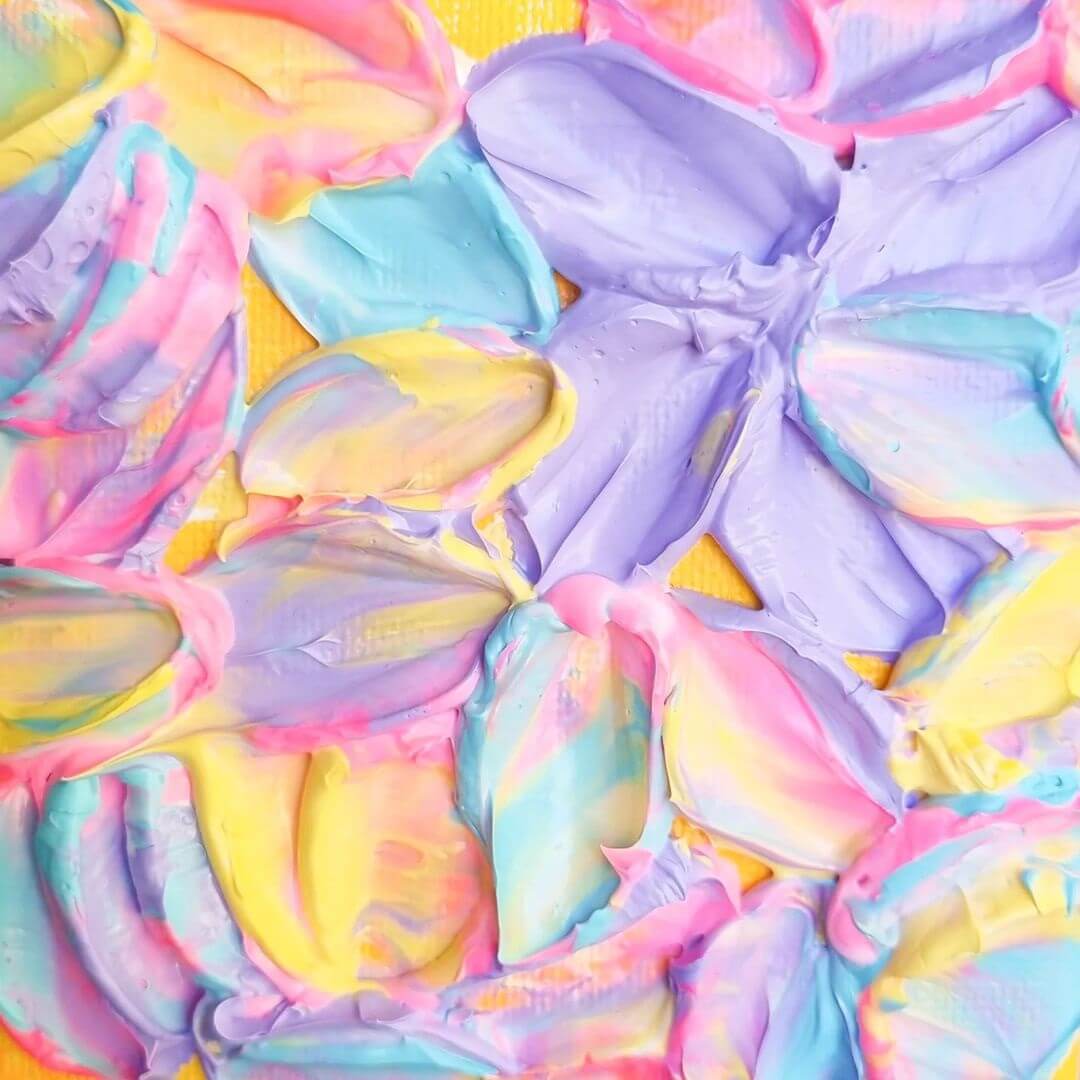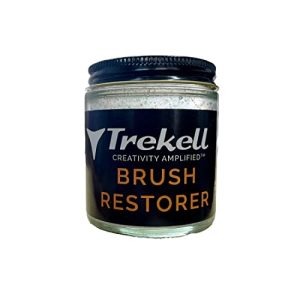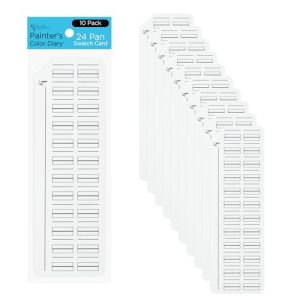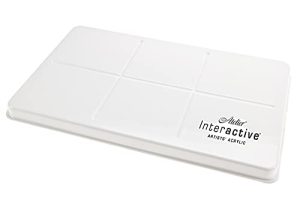Acrylic painting is a fun and creative hobby. One important aspect is texture. Texture can make your painting come to life. It adds depth and interest. Let’s explore how to create texture in acrylic painting.

Credit: www.montmarte.com
Why Texture is Important
Texture makes your painting more engaging. It can show different materials and elements. For example, rough surfaces or smooth areas. Texture can also create emotion and mood in your artwork.
Materials You Need
Before you start, gather your materials. Here is a list of what you need:
- Acrylic paints
- Canvas or paper
- Brushes of different sizes
- Palette knife
- Gesso
- Texture paste
- Sponges
- Old toothbrush
- Sand
- Fabric or paper scraps
Basic Techniques to Create Texture
There are many ways to create texture. Here are some basic techniques:
1. Impasto Technique
The impasto technique involves thick layers of paint. Use a palette knife to apply the paint. This creates a raised surface. The brush strokes will be visible. This technique adds a three-dimensional effect.
2. Dry Brushing
Dry brushing uses a dry brush with very little paint. This technique creates a scratchy texture. It is good for creating rough surfaces. For example, old wood or rough fabrics.
3. Stippling
Stippling involves dabbing the paint with a brush or sponge. This creates small dots or speckles. It is good for creating textures like sand or grass.
4. Sgraffito
Sgraffito is a technique where you scratch the paint. Use a sharp tool to scratch the wet paint. This reveals the layer underneath. It is good for creating fine lines and details.
5. Adding Materials
You can add materials to your painting. For example, sand, fabric, or paper scraps. Mix these materials with your paint. This adds interesting textures to your artwork.
Advanced Techniques to Create Texture
If you want to explore more, try these advanced techniques:
1. Using Gesso
Gesso is a primer for canvas. You can use it to create texture. Apply thick layers of gesso. Use a palette knife or brush to create patterns. Let it dry before you start painting. Gesso adds a rough surface for the paint to cling to.
2. Texture Paste
Texture paste is a thick medium. Apply it to the canvas with a palette knife. Create patterns or shapes. Let it dry before painting over it. Texture paste creates a raised surface. This adds depth to your painting.
3. Using Sponges
Sponges can create interesting textures. Dab the sponge in the paint. Then, press it onto the canvas. This creates a textured pattern. You can use different types of sponges for different effects.
4. Using An Old Toothbrush
An old toothbrush can create a splatter effect. Dip the toothbrush in paint. Flick it onto the canvas. This creates tiny dots of paint. It is good for creating textures like stars or rain.
Tips for Creating Texture
Here are some tips to help you create texture:
- Experiment with different materials and tools.
- Use thick layers of paint for more texture.
- Let each layer dry before adding more paint.
- Mix different techniques for interesting effects.
- Don’t be afraid to make mistakes. They can add to the texture.
Examples of Textured Acrylic Paintings
Here are some examples of textured acrylic paintings:
| Example | Description |
|---|---|
| Landscape | Use impasto for trees and rocks. |
| Abstract | Mix different techniques and materials. |
| Seascape | Use dry brushing for waves and foam. |
| Portrait | Use stippling for skin texture. |
Frequently Asked Questions
What Tools Create Texture In Acrylic Painting?
Palette knives, brushes, and sponges are essential for creating texture in acrylic painting.
Can You Use Additives For Texture?
Yes, additives like modeling paste and gel mediums add texture to acrylic paintings effectively.
How Do You Layer Acrylic Paint?
Apply thin layers, allowing each to dry before adding the next to build up texture.
Is Gesso Necessary For Texture?
Gesso primes the canvas, providing a better surface for textured acrylic painting.
Conclusion
Creating texture in acrylic painting is fun. It makes your artwork more interesting. Try different techniques and materials. Don’t be afraid to experiment. With practice, you will create beautiful textured paintings.

Credit: emptyeasel.com
Additional Resources
For more tips and ideas, check out these resources:




